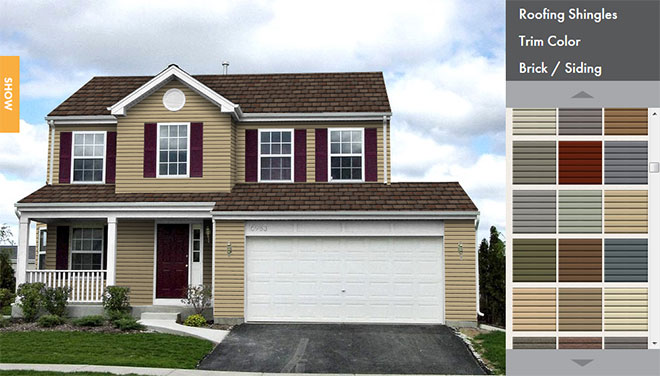Minnesota Roofing Minneapolis MN
Between 1991 and 1995, wind and hail resulted in an average of $8 billion in insurance payouts each year, and wind and hail damage to roofs comprises a significant portion of this cost. Hail damage to asphalt shingles may include severe granule loss, material loss at shingle edges, and penetration. Wind can also create serious roof damage-it is documented that roof material failure was the most widespread type of damage from Hurricane Hugo (Manning, Billy R. and Gary G. Nichols. 1991. “Hugo Lessons Learned.” In Hurricane Hugo One Year Later, Benjamin A. Sill and Peter R. Sparks, Editors. New York: American Society of Civil Engineers).
High Wind- and Impact-Resistant Asphalt Roofing Shingles
New shingle products are designed to resist damage from impact and high winds. They meet the most stringent standards for impact resistance (Class 4) set by Underwriters Laboratories (UL), and wind resistance set by UL and the American Society for Testing and Materials (ASTM International).
Several manufacturers offer asphalt shingles designed to resist the effects of severe weather such as wind and impact from flying debris or hail. Different proprietary methods are used to keep granules attached to the shingle, to prevent shingle breaking during impact, and to keep shingles attached to the sheathing during high winds.
UL 2218 classifies the resistance of roofing products to impact damage. In the test, steel balls are directed at roof samples, and damage is observed. Products that receive a Class 4 rating from UL 2218 are the most resistive to hail damage. Some major insurance companies are offering homeowner premium discounts for the use of roofing products that receive a Class 4 rating.
Designed to Resist Damage From Impact and High Winds
The sturdy construction of these shingles lets them last for years without having to be replaced. By withstanding impacts and high wind, the interior is not exposed to the elements, which could create a hazard to both the structure and the occupants.
Products are available in three-tab and architectural shingles in a variety of colors, and in areas of the country where severe weather is common. In most instances, products are not stocked and need to be special ordered. Hurricane and wind-resistant shingles cost more than conventional architectural shingles. In addition, a six-nail pattern is usually required rather than the conventional three-nail pattern, thereby potentially increasing installation time.
Initial Cost
The material cost for wind- and impact-resistant shingles is about 50 percent higher than for conventional shingles. Installation labor cost may be slightly higher than for conventional shingles.
Several standards set by the American Society for Testing and Materials (ASTM International) and Underwriters Laboratories (UL) test impact and wind resistance including: ASTM D 3161: Standard Test Method for Wind-Resistance of Asphalt Shingles UL 997: Wind Resistance of Prepared Roof Covering Materials (for wind ranging from 55 to 63 mph) UL 2218: Impact Resistance of Prepared Roof Covering Materials (Class 4 is highest impact resistant classification).
There is no difference in installation methods between impact- and wind-resistant shingles and conventional asphalt shingles. However, a six-nail pattern is often required instead of a three-nail pattern. They also stipulate that shingle-over ridge vents will compromise the impact resistance classification.
Installation instructions are found on manufacturers‘ websites.
Warranty
Most shingles come with a 30- to 50-year limited product warranty, and 10-year coverage against algae growth. Wind resistance limited warranties are generally for winds of between 100 and 130 mph.
Benefits/Costs
In areas where storms and high winds can damage many roofs, these shingles offer additional protection to the structure and occupants. Depending on location and frequency of storms, the costs for this type of roofing could be less than the costs of replacing roofing due to impact or wind. Additionally, Insurance companies may offer a discount to homeowners on their homeowner’s insurance policy for shingles meeting Class 4 rating from UL 2218.
Consult a Minnesota residential roofing contractor today to find out which roofing products will work best in your climate.
Learn more about Emerging Research and Impact-Resistant Roofing


 Click Here
Click Here Click Here To Use
Click Here To Use